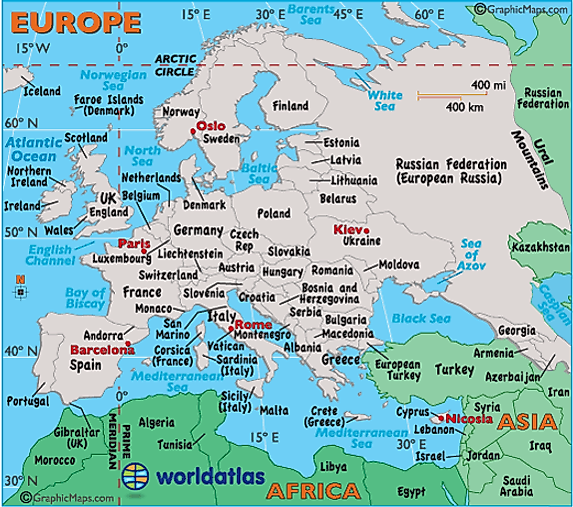

The map source may be utilised by state authorities or local administrations. This map source may be practically applied in Spatial Planning and in particular measures taken against changes in the global climate, specifically in the Czech Republic against droughts.

The resulting map may serve as a measure for potential attempts at restoring some extinct ponds, out of which over 3400 ponds larger than 15,500 ha have been discovered. Historical ponds larger than 0.5 ha were then picked from this layer, complemented with other attributes and analysed in combination with the current geodata (occurrence of pond, prevailing land use of extinct ponds, etc.). All water areas, which had existed in the 2nd Military Survey within the current Czech Republic, were identified on this basis and vectorised in the Geographic Information System.


This source was selected with respect to its age, precision, validity and accessibility at the Czech National Geoportal via the Web Map Service. The paper presents a map of historical ponds of the whole Czech Republic which was created on the basis of the 2nd Military Survey (1: 28,000) from the period 1836 to 1852. The Habsburg military surveys laid the groundwork for studies assessing the time-space development of the landscape structure or the individual landscape elements (Havlíček, Krejčíková, Chrudina, & Svoboda, 2012 Havlíček, & Chrudina, 2013 Pietrovszki & Mészáros, 2010 Skaloš, Engstová, Trpáková, Šantrůčková, & Podrázský, 2012 Štefunková, Špulerová, Dobrovodská, Mojses, & Petrovič, 2013). The above-mentioned maps served as resources in many different studies focusing on the issues of their cartographic and geodetic processing (Čada & Vichrová, 2009 Timár, 2009), positional accuracy ( Veverka, Ambrožová, & Čechurová, 2011) and the possibility of geo-referencing in the GIS (Cajthaml, 2013 Molnár, 2010 Timár, 2004). In the regions where they existed historically as part of the Habsburg Monarchy there are significant map sources serving to analyse the historical landscape of the 1st Military Survey (1764–1783 in the Czech lands), the 2nd Military Survey (1836–1852) and the 3rd Military Survey (1876–1880) or the very detailed plans of the stable cadastre from 1826 to 1843. Navigation at sea was extremely difficult, resulting in countless disasters and disappearances over the centuries because ships' captains simply could not figure out where they were.įor instance, on October 22, 1707, more than 1,400 British sailors died because a storm caused the fleet's navigators to lose their location then the navigators and naval officers mistook the craggy archipelago on which the fleet wrecked for the western entrance to the English Channel. Indeed, before the Guide and Almanac, the world had a deadly longitude problem. That's because defining zero degrees longitude-which effectively divides the world into East and West-is the first step toward finding every other point of longitude on the map, and finding your way in general. Any device that uses maps and geolocation-from smartphones to global positioning system (GPS) devices to GPS-enabled trucks, airplanes, and ships-still hails the prime meridian flag that Maskelyne planted at his observatory, the Royal Observatory in Greenwich, two-and-a-half centuries ago. Nevil Maskelyne's 1763 The British Mariner's Guide-and his follow-up The Nautical Almanac and Astronomical Ephemeris, published annually beginning in 1766-would set the standard for nautical navigation for decades to come.Īnd though the world has largely forgotten the Guide and Almanac, modern technology has not.
PRIME MERIDIAN MAP SERIES
Some 250 years ago, a British astronomer published the first of a series of guidebooks that would ultimately establish Greenwich, England, as the world's zero-degree longitude location, the "prime meridian."


 0 kommentar(er)
0 kommentar(er)
